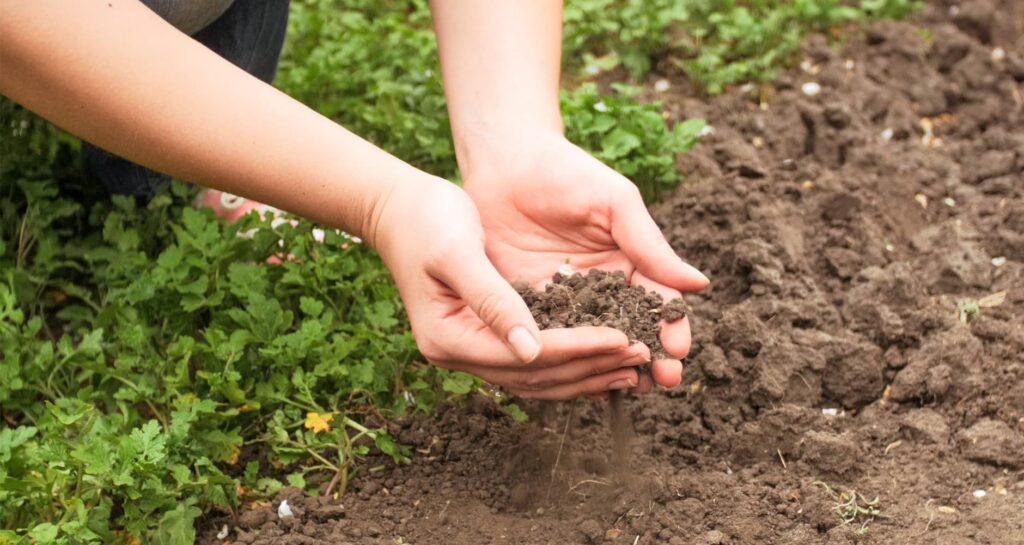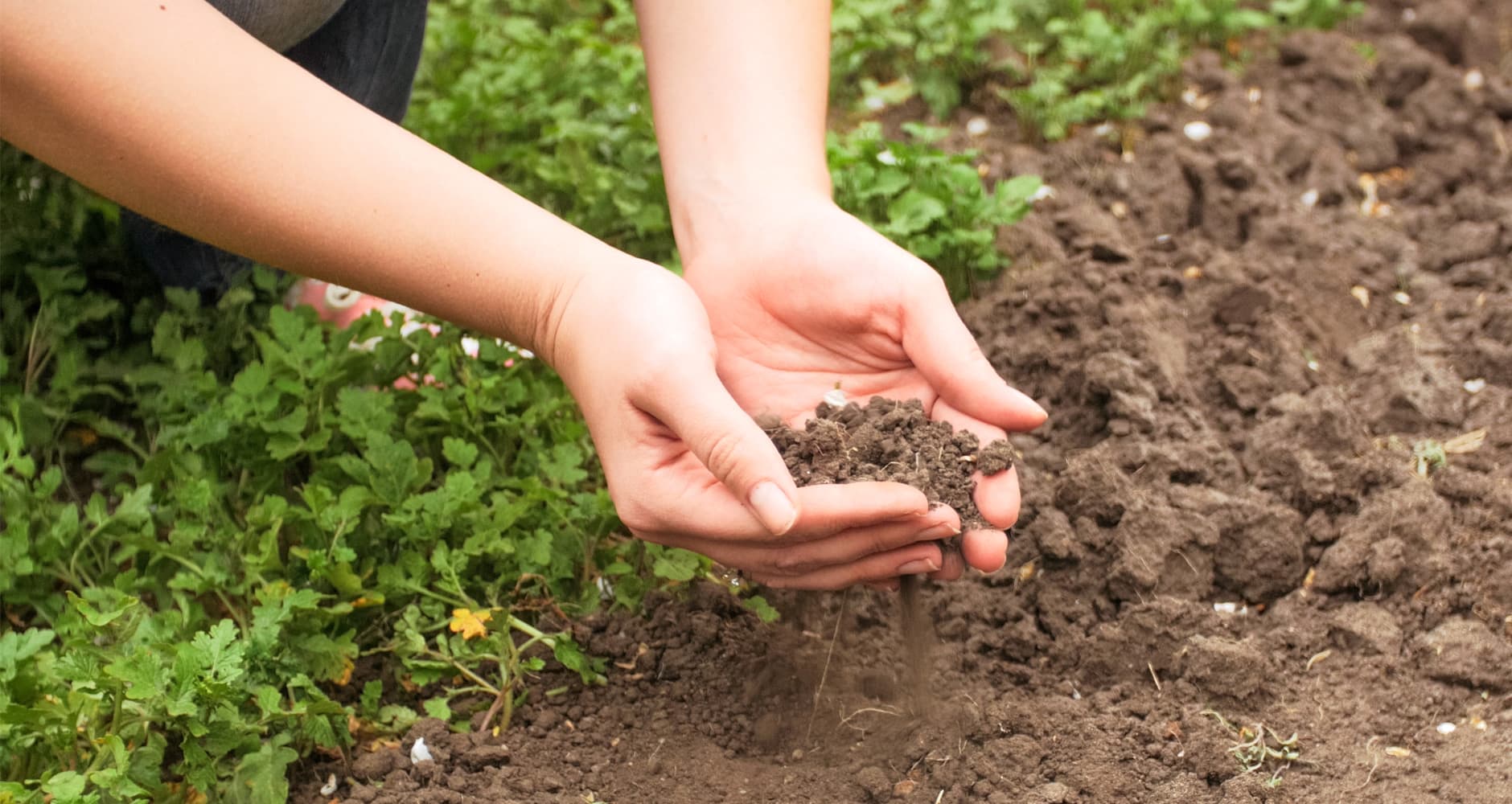
Tall Planter Gardening Mistakes to Avoid: A Guide to Thriving Plants
The allure of tall planters is undeniable. They offer a vertical dimension to your garden, create a focal point, and can be a stylish way to showcase plants. However, the seemingly simple act of gardening in tall planters presents a unique set of challenges. Many well-intentioned gardeners fall prey to common tall planter gardening mistakes, leading to disappointed plants and wasted efforts. This guide aims to illuminate these pitfalls, providing practical advice to help you avoid them and cultivate a flourishing garden in your tall planters.
Understanding the specific needs of plants in tall planters is crucial. Unlike ground-level gardens, tall planters have limited soil volume, which impacts drainage, water retention, and nutrient availability. Failure to address these factors often results in unhealthy plants. This article will delve into the most frequent tall planter gardening mistakes and offer solutions to ensure your vertical garden thrives.
Poor Drainage: The Silent Killer
One of the most prevalent tall planter gardening mistakes is neglecting proper drainage. The confined space of a tall planter can quickly become waterlogged, suffocating plant roots and leading to root rot. This is especially critical because water has a harder time draining through the depth of a tall planter.
The importance of drainage cannot be overstated. When water accumulates in the soil for extended periods, it deprives roots of oxygen, making them susceptible to fungal diseases. Root rot, in turn, can spread rapidly, ultimately leading to the plant’s demise. To combat this, consider the following:
- Drainage Holes: Ensure your tall planter has adequate drainage holes at the bottom. Multiple holes are preferable to a single one.
- Drainage Layer: Before adding soil, create a drainage layer at the bottom of the planter. This can be achieved using materials like gravel, pebbles, or even broken pottery shards. This layer prevents the soil from directly contacting the drainage holes, improving water flow.
- Soil Selection: Choose a well-draining potting mix specifically designed for containers. Avoid using garden soil, which compacts easily and retains too much water. Consider a mix containing perlite or vermiculite to enhance drainage and aeration.
- Watering Practices: Water deeply but infrequently. Allow the top inch or two of soil to dry out between waterings. Overwatering is a frequent cause of problems in tall planters.
Ignoring Soil Quality and Volume
The quality and volume of soil are paramount to the health and vitality of plants in tall planters. Insufficient soil volume restricts root growth, while poor soil quality deprives plants of essential nutrients. This is another common area where gardeners make tall planter gardening mistakes.
The limited space in a tall planter demands a carefully chosen potting mix. Regular garden soil is often too dense and compacts easily, hindering drainage and aeration. It also lacks the necessary nutrients for optimal plant growth. The following points are key:
- Potting Mix vs. Garden Soil: Always use a high-quality potting mix designed for containers. These mixes are lightweight, well-draining, and provide the necessary nutrients for plant growth.
- Soil Volume: Ensure that the tall planter provides enough soil volume for the plant’s root system to develop fully. A plant that outgrows its container will become root-bound, hindering its growth and overall health.
- Nutrient Replenishment: Because the soil volume is limited, nutrients are depleted more quickly than in a ground-level garden. Regular fertilization is crucial. Use a slow-release fertilizer or a liquid fertilizer according to the manufacturer’s instructions.
- Soil Compaction: Avoid compacting the soil when planting or watering. Gently tap the planter to settle the soil, but avoid pressing down too hard.
Choosing the Wrong Plants
Selecting the right plants is fundamental to success in any garden, and tall planters are no exception. Choosing plants that are not well-suited to the conditions in a tall planter is a significant source of tall planter gardening mistakes.
Certain plants thrive in containers, while others struggle. Consider the following when selecting plants for your tall planters:
- Root Size and Growth Habit: Choose plants with root systems that are compatible with the size of your tall planter. Avoid plants with aggressive root systems that will quickly outgrow their containers. Consider plants with a more compact growth habit.
- Sunlight Requirements: Ensure that the plants you choose receive the appropriate amount of sunlight based on the location of your tall planter. Consider the sun exposure throughout the day.
- Watering Needs: Select plants with similar watering requirements to simplify your watering schedule. Grouping plants with similar needs makes it easier to provide the right amount of water to each plant.
- Wind Tolerance: Tall planters can be susceptible to wind, especially if they are placed in exposed locations. Choose plants that are wind-tolerant or provide wind protection.
- Plant Size and Mature Dimensions: Consider the mature size of the plant. Avoid planting large, sprawling plants in small tall planters, as they will quickly become overcrowded.
Improper Watering Techniques
Watering, while seemingly simple, is a frequent source of tall planter gardening mistakes. Overwatering or underwatering can both be detrimental to plant health. The unique environment of a tall planter necessitates careful attention to watering practices.
The key to successful watering in tall planters is balance. The goal is to provide the plants with enough water without saturating the soil. This requires careful observation and adjustments based on the plant’s needs and the prevailing weather conditions.
- Watering Frequency: Water deeply but infrequently. Allow the top inch or two of soil to dry out between waterings. Monitor the soil moisture regularly using your finger or a moisture meter.
- Watering Method: Water at the base of the plant, avoiding wetting the foliage, which can promote fungal diseases. Water slowly and thoroughly, ensuring that the water reaches the roots.
- Watering Time: Water in the morning, which allows the foliage to dry out during the day, reducing the risk of fungal diseases.
- Seasonal Adjustments: Adjust your watering schedule based on the season. Plants require more water during the hot summer months and less during the cooler months.
- Drainage Check: After watering, check the drainage holes to ensure that excess water is draining properly. If water is not draining, it could indicate a drainage problem or compacted soil.
Neglecting Pest and Disease Control
Like any garden, tall planters are susceptible to pests and diseases. Neglecting pest and disease control is one of the tall planter gardening mistakes that can quickly ruin your plants. Early detection and prompt action are crucial to minimizing damage.
Regularly inspect your plants for signs of pests or diseases. Early detection allows you to address problems before they escalate. Consider the following:
- Regular Inspection: Inspect your plants regularly for signs of pests or diseases, such as discolored leaves, holes in the leaves, or unusual growth.
- Proper Ventilation: Ensure adequate air circulation around your plants to reduce the risk of fungal diseases.
- Insecticidal Soap and Horticultural Oil: Use insecticidal soap or horticultural oil to control common pests, such as aphids, spider mites, and mealybugs.
- Fungicides: If you notice signs of fungal diseases, use a fungicide specifically designed for the affected plant.
- Remove Infected Foliage: Remove any infected leaves or plant parts to prevent the spread of disease.
- Integrated Pest Management (IPM): Consider an IPM approach that combines various control methods, such as cultural practices, biological control, and chemical treatments, to manage pests and diseases effectively.
Ignoring the Importance of Sunlight
Sunlight is essential for plant growth. Ignoring the sunlight requirements of your plants is a frequent and significant source of tall planter gardening mistakes. Plants need the right amount of sunlight to photosynthesize and produce energy.
Different plants have different sunlight requirements. Some plants need full sun (6 or more hours of direct sunlight per day), while others prefer partial shade (4-6 hours of sunlight) or full shade (less than 4 hours of sunlight). Consider the following:
- Assess Your Location: Observe the amount of sunlight your tall planter location receives throughout the day.
- Choose the Right Plants: Select plants that are well-suited to the amount of sunlight your location provides.
- Consider Plant Placement: Position your tall planters in a location where the plants receive their required amount of sunlight.
- Rotate Your Planters: If your plants are not receiving enough sunlight, consider rotating your tall planters periodically to ensure that all sides of the plant receive sunlight.
Failure to Fertilize
Plants in tall planters have a limited amount of soil and, therefore, a limited supply of nutrients. Failure to fertilize is another of the common tall planter gardening mistakes that can lead to stunted growth and poor plant health.
Regular fertilization is crucial to replenish the nutrients that plants use. The frequency and type of fertilizer will depend on the plant species and the specific fertilizer product. Consider the following:
- Choose the Right Fertilizer: Select a fertilizer specifically designed for container plants.
- Follow the Instructions: Carefully follow the manufacturer’s instructions for fertilizer application. Over-fertilizing can be just as harmful as under-fertilizing.
- Consider Slow-Release Fertilizers: Slow-release fertilizers provide a consistent supply of nutrients over time.
- Monitor Plant Health: Observe your plants for signs of nutrient deficiencies, such as yellowing leaves or stunted growth.
- Adjust Fertilization as Needed: Adjust your fertilization schedule based on your plant’s needs and the growing season.
Not Considering the Weight of the Planter
Weight is a practical consideration often overlooked, leading to tall planter gardening mistakes. Full tall planters can become incredibly heavy, especially when filled with wet soil. This can pose challenges for moving the planters and can impact the structural integrity of decks, patios, or balconies.
Consider the following to address this issue:
- Planter Material: Choose lightweight planter materials, such as fiberglass or plastic, particularly if you plan to move your planters frequently.
- Location: Before filling your planter, consider its final location. Ensure the surface can support the weight.
- Soil Considerations: Use a lightweight potting mix.
- Mobility: Consider using planters with wheels or casters, especially for larger tall planters.
Conclusion: Cultivating Success in Your Tall Planters
Avoiding tall planter gardening mistakes is the key to creating a thriving and visually appealing vertical garden. By understanding the unique challenges posed by tall planters and implementing the strategies outlined in this guide, you can cultivate a vibrant and healthy garden. Remember to prioritize drainage, choose the right plants, provide proper watering and fertilization, and monitor your plants for pests and diseases. With careful planning and attention to detail, your tall planters will become a source of beauty and enjoyment for years to come. [See also: Container Gardening for Beginners] [See also: Best Plants for Balcony Gardens] [See also: Choosing the Right Planter Material]


